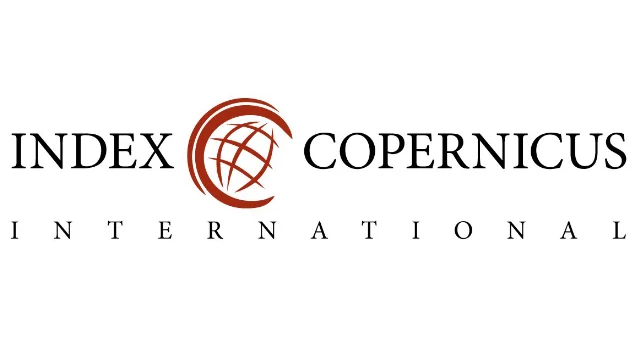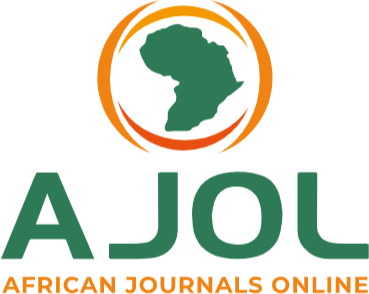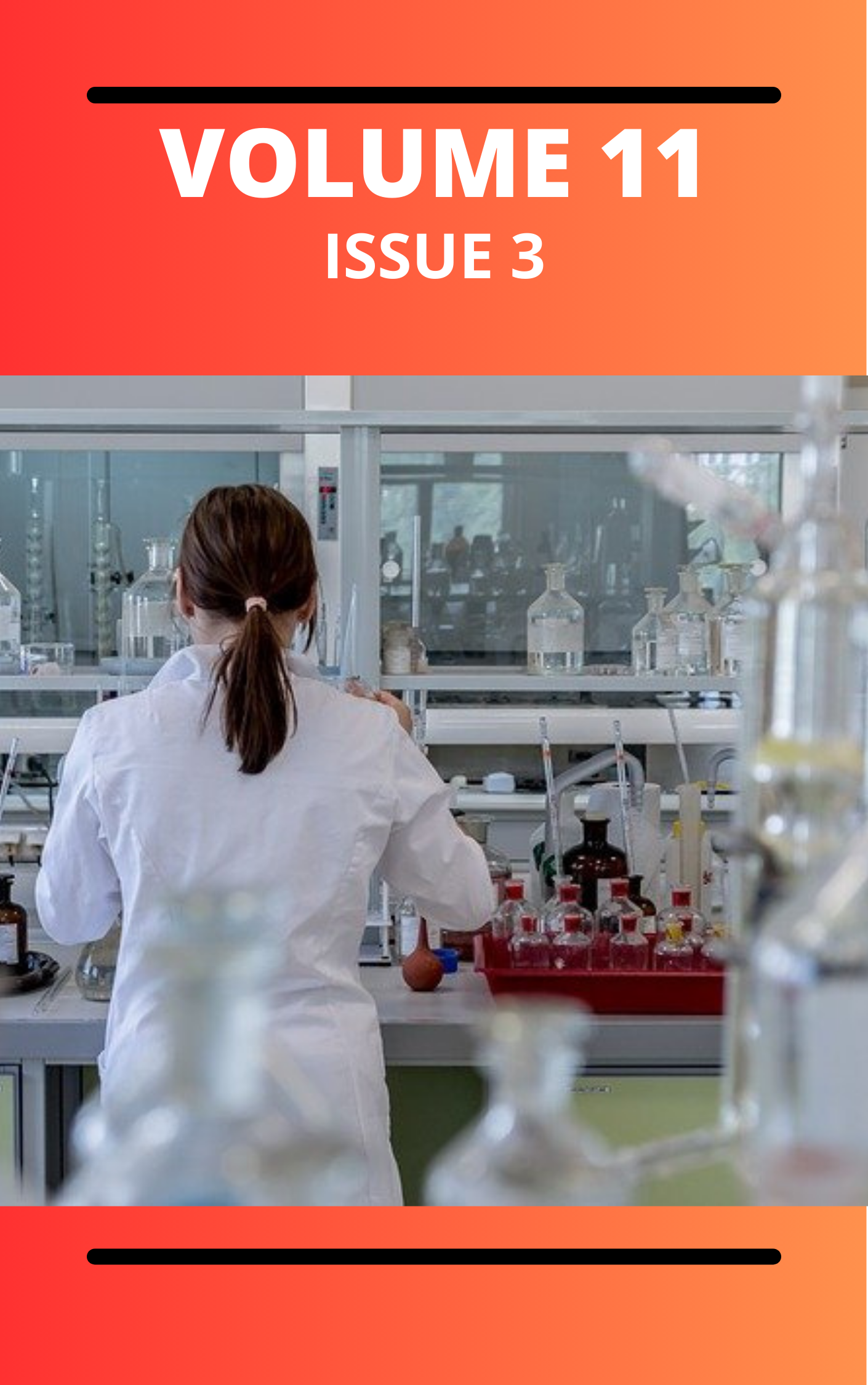Study of Potential Effect and Health Benefits of Soaking Time on the Nutritional Composition and Some Anti-Nutrient Factors in Cowpea (Vigna unguiculata)
DOI:
https://doi.org/10.4314/ewk85a62Keywords:
Vigna unguiculata, anti-nutrients, potential effect, water soakingAbstract
The study of the potential effect and health benefits of water soaking time on the nutritional composition and some anti-nutrient factors (phytate, hydrocyanic acid, oxalate, saponin, flavonoid, alkaloid and tannins) in cowpea (Vigna unguiculata) was determined. Cowpea seeds were divided into three batches of 100g each. Two batches were soaked in clean tap water for one and two hours respectively. The result revealed that the moisture contents of cowpeas increased with soaking time from (7.87% at 0hour, 50.52% at 1 hour to 53.35% at 2 hours); fat from (1.45% at 0hour, 1.57 at 1 hour to 2.25% at 2 hours), also increasing with soaking time were carbohydrate and caloric contents of the cowpea from (70.25% at 0hour, 70.96% at 1hour to 74.00% at 2hours) and (383.67% at 0hour, 384.76% at 1hour to 390. 43 at 2hours%) respectively. It was also observed that soaking of cowpea for one and two hours independently decreased the protein, fibre & ash contents of the cowpea ranging from (22.40% to 18.55% protein), (2.36% to 2.08% fibre) and (3.5398% to 3.1204% ash). All the anti-nutrients studied recorded slight reductions except oxalates and alkaloids which were significantly (P<0.05) reduced with soaking time. This indicates that longer water soaking time is an effective way of lowering toxic substances in legume-based foods and enhancing nutrient bioavailability.
Downloads
Published
Issue
Section
Similar Articles
- Vincent Oseikhuemen Binitie, Ogaga Esharive, Solid mineral potential in the southern Benue Trough: A review , Communication In Physical Sciences: Vol. 11 No. 4 (2024): VOLUME 11 ISSUE 4
- Anduang Ofuo Odiongenyi, Adsorption Efficiency of Scotch Bonnet Shells as a Precursor for Calcium Oxide Nanoparticles and an Adsorbent for the Removal of Amoxicillin from Aqueous Solution , Communication In Physical Sciences: Vol. 9 No. 3 (2023): VOLUME 9 ISSUE 3
- S. A. Odoemelam, Assessment of Heavy Metal Status of Orashi River Along the Engenni Axis, Rivers State of Nigeria , Communication In Physical Sciences: Vol. 4 No. 2 (2019): VOLUME 4 ISSUE 2
- Okoche K. Amadi, Uloma O. Akoh, Innocent A. Okoro, Egwuobasi Nwabuokechi,, Decontamination of Pb2+, Cd2+ and Ni2+ Polluted Water by Adsorption Unto Butterfly Pea (Centrosema pubescens) Seed Pod , Communication In Physical Sciences: Vol. 6 No. 1 (2020): VOLUME 6 ISSUE 1
- Fabian James Umoren, Mfon Clement Utin, Resource Recovery from Maize Wastes; Synthesis and Characterization of Silicon Oxide Nanoparticles , Communication In Physical Sciences: Vol. 11 No. 3 (2024): VOLUME 11 ISSUE 3
- Dr Fatai Afolabi, Mr Ismaila Jide Olawale, Professor Sunday 0. 0ladoye, Physicochemical, Phytochemical and Gas Chromatography- Mass Spectrometric Analyses of Gmelina Arborea Root Hexane Extract , Communication In Physical Sciences: Vol. 12 No. 6 (2025): Volume 12 ISSUE 6
- Iffiok Dominic Uffia, Ofonimeh Emmanuel Udofia, Iniobong Bruno Nsien, Rose Okopide Esen,, Idem Udo Uko, Evaluation of Heavy Metals Ions in Calopogonium mucunoides, Manihot esculenta, Psidium guajava and Mangifera indica Plant Species Within Quarry Site, Akamkpa, Nigeria and Phyto-remediation Potential , Communication In Physical Sciences: Vol. 12 No. 4 (2025): VOLUME1 2 ISSUE 4
- Aniekan Udongwo, Monitoring, Assessment, and Remediation of Heavy Metal Contamination: Techniques, Strategies, and Policy Frameworks , Communication In Physical Sciences: Vol. 10 No. 3 (2023): VOLUME 10 ISSUE 3 (2023-2024)
- Umar Dangoje Musa, Eloayi David Paul, Sani Uba, Nsikan Nwokem, Sani Danladi, Risk Assessment of Selected Metallic Pollutants in Fish from Zuru dam, Kebbi State, Nigeria , Communication In Physical Sciences: Vol. 12 No. 3 (2025): VOLUME 12 ISSUE 3
- Emeka Chima Ogoko, Nkoli Mgbemana, Kelle Henrietta Ijeoma, Heavy metals contamination of Anambra River , Communication In Physical Sciences: Vol. 6 No. 1 (2020): VOLUME 6 ISSUE 1
You may also start an advanced similarity search for this article.




